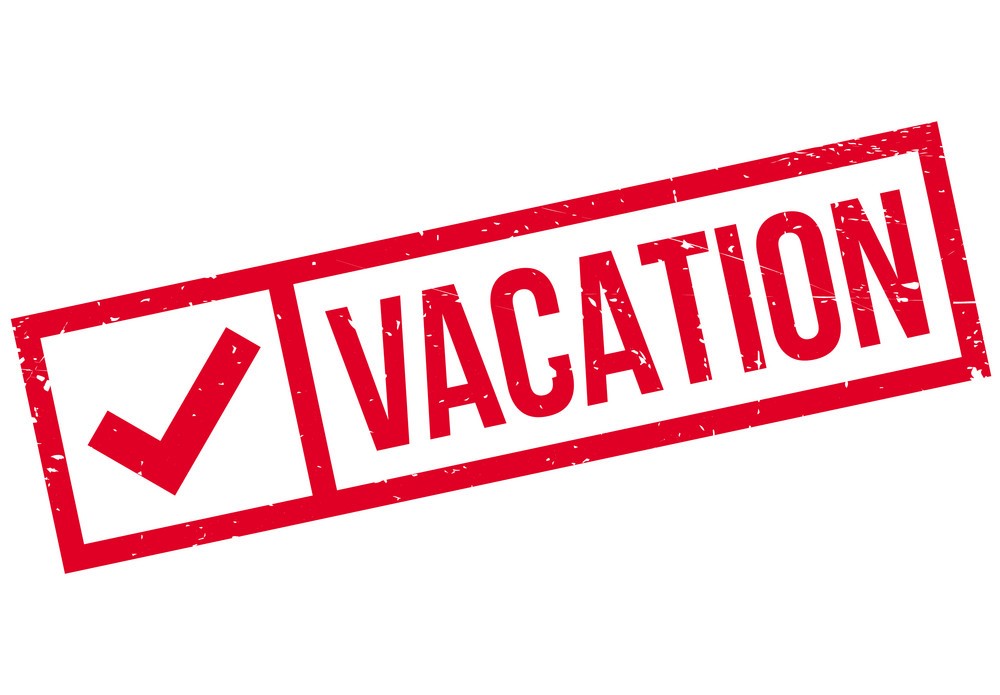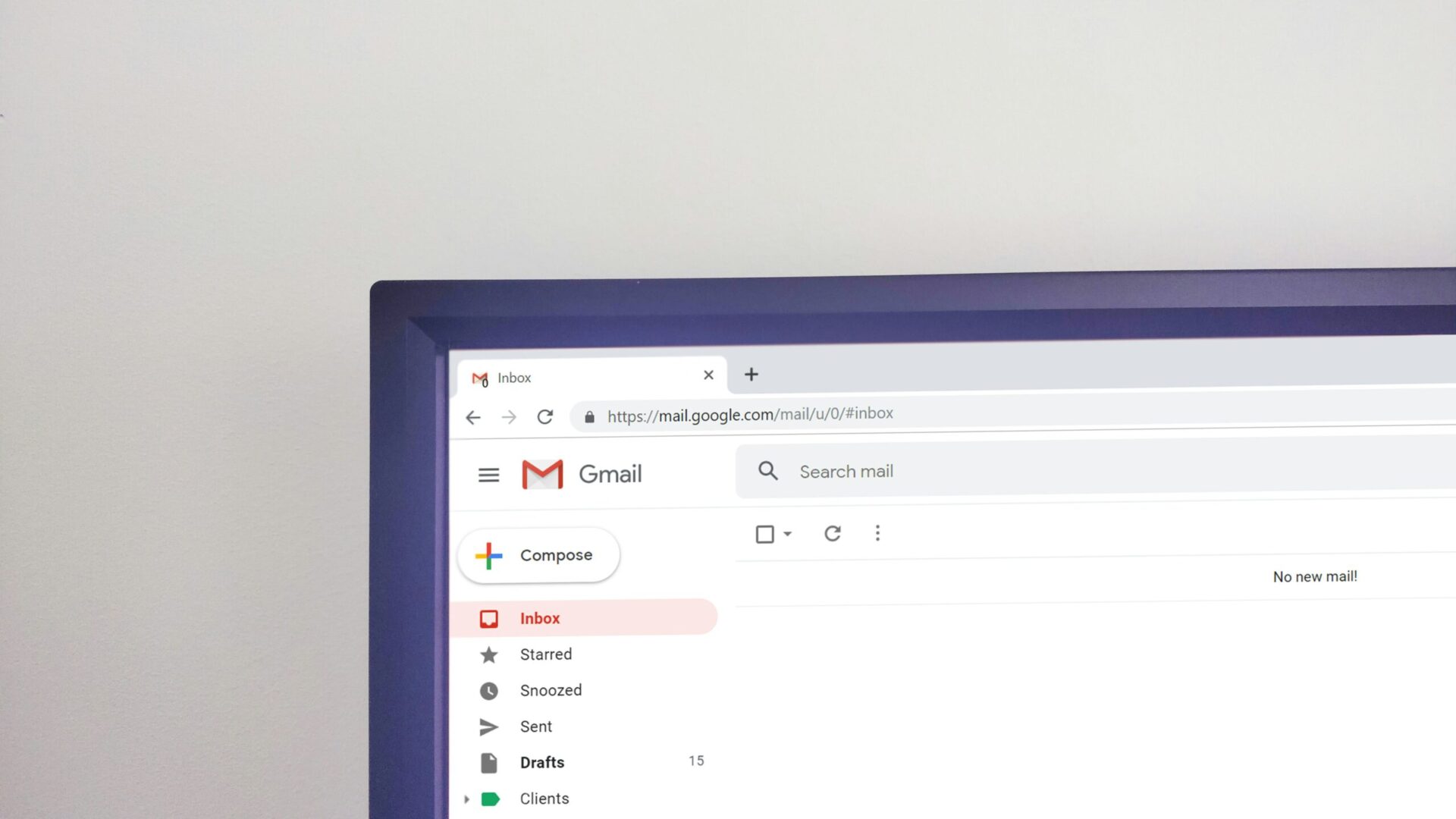Bereavement leave, also known as compassionate leave, is a period of time that an employee is allowed to take off from work to grieve and attend to the affairs of a loved one who has passed away. While the importance of bereavement leave is widely acknowledged, the legal requirements and provisions vary significantly from state to state across the United States. This comprehensive guide explores the bereavement leave laws by state, providing a detailed overview to help employers and employees navigate this sensitive issue.
Federal Bereavement Leave Provisions
Before delving into state-specific laws, it’s important to note that, as of now, there is no federal law mandating bereavement leave. The Fair Labor Standards Act (FLSA) and the Family and Medical Leave Act (FMLA) do not require employers to provide paid or unpaid leave specifically for bereavement. However, some federal proposals and policies may impact bereavement leave indirectly.
Family and Medical Leave Act (FMLA)
While FMLA does not explicitly cover bereavement leave, it does allow eligible employees to take up to 12 weeks of unpaid leave for certain family and medical reasons, such as caring for a seriously ill family member. In some cases, employers might allow employees to use FMLA leave in the event of a death if the deceased was suffering from a serious health condition before passing away.
State-Specific Bereavement Leave Laws
Given the absence of a federal mandate, the responsibility for bereavement leave policies largely falls on individual states and employers. Here is a comprehensive overview of bereavement leave laws across various states:
States with Specific Bereavement Leave Laws
Oregon
Oregon is one of the few states with a specific bereavement leave law. Under the Oregon Family Leave Act (OFLA), eligible employees can take up to two weeks of unpaid leave for bereavement following the death of a family member. This leave can be taken to attend the funeral, make arrangements, or grieve. Employees must take the leave within 60 days of learning about the death.
Illinois
Illinois mandates that employers provide up to ten days of unpaid leave for bereavement under the Family Bereavement Leave Act (FBLA). This applies to employers with at least 50 employees and covers the death of immediate family members, including children, stepchildren, spouses, domestic partners, siblings, parents, and in-laws. The leave must be completed within 60 days of the employee receiving notice of the death.
States with Indirect Bereavement Leave Provisions
California
California does not have a specific bereavement leave law, but it offers some protection through its other leave policies. The California Family Rights Act (CFRA) allows employees to use their accrued paid sick leave or vacation time for bereavement purposes. Additionally, employers who provide bereavement leave as part of their company policy must comply with their stated terms.
New York
New York does not mandate bereavement leave by law but encourages employers to offer it as part of their benefits package. Employers must adhere to their own policies regarding bereavement leave. Additionally, under the New York Paid Family Leave (PFL) law, employees can take time off to care for a family member with a serious health condition, which could indirectly include the period leading up to a loved one’s death.
States with No Specific Bereavement Leave Laws
Many states, including Texas, Florida, and Pennsylvania, do not have specific bereavement leave laws. In these states, the provision of bereavement leave is left entirely to the discretion of the employer. Employees should consult their company’s employee handbook or HR department to understand their entitlements.
The Role of Company Policies
In the absence of comprehensive state or federal bereavement leave laws, many employers establish their own policies to support their employees during times of loss. Here are some best practices for employers:
Clear Policy Communication: Employers should have a clearly written bereavement leave policy included in the employee handbook. This policy should outline eligibility, the duration of leave, and the process for requesting leave.
Paid vs. Unpaid Leave: While not legally required, offering paid bereavement leave can significantly support employees during difficult times. Many employers provide three to five days of paid leave.
Extended Leave Options: For those who need more time, employers can consider offering additional unpaid leave or allowing employees to use accrued vacation or sick leave.
Inclusive Definition of Family: Modern family structures are diverse. Policies should consider the inclusion of extended family members and domestic partners.
Flexible Scheduling: Employers can provide flexibility in scheduling upon an employee’s return to work, allowing for part-time hours or remote work options if feasible.
Employee Assistance Programs (EAP): Providing access to counseling services through an EAP can offer additional support to grieving employees.
Cultural Considerations in Bereavement Leave
Bereavement practices can vary widely across different cultures and religions, influencing how employees might need to use their leave. Understanding and respecting these differences is crucial for fostering an inclusive workplace.
Cultural and Religious Practices
Different cultures and religions have unique customs and traditions related to mourning and bereavement. For instance:
Judaism: The mourning period, known as “Shiva,” lasts seven days. Employers might need to provide flexibility for Jewish employees to observe this tradition.
Hinduism: Traditional mourning rituals can last for 13 days, including a variety of ceremonies and practices.
Islam: The mourning period in Islam, called “Iddah,” typically lasts for four months and ten days, particularly for widows.
Inclusive Policies
Employers should aim to create policies that are sensitive to these practices, offering additional unpaid leave or flexible work arrangements where necessary. Training HR staff and managers on cultural competency can help in understanding and accommodating diverse needs.
The Impact of Bereavement Leave on Employee Well-being and Productivity
Providing adequate bereavement leave is not just about legal compliance or company policy; it also has a significant impact on employee well-being and productivity. Employees who are supported during their time of loss are more likely to return to work with a positive attitude and a stronger sense of loyalty to their employer.
Mental Health Considerations
Grief can take a substantial toll on mental health, affecting an employee’s ability to concentrate, make decisions, and interact with colleagues. Providing time off to process grief can help mitigate long-term mental health issues and reduce the risk of burnout.
Employee Loyalty and Retention
Companies that offer compassionate bereavement leave policies are often seen as more supportive and caring. This can enhance employee loyalty, reduce turnover, and improve overall job satisfaction. Employees who feel valued and supported are more likely to stay with the company long-term.
Enhanced Company Reputation
Companies with robust and compassionate bereavement leave policies can also benefit from an enhanced reputation. This can attract top talent who are looking for employers that prioritize employee well-being and work-life balance.
Global Perspectives on Bereavement Leave
While this article focuses on the United States, it’s beneficial to consider how other countries handle bereavement leave. This can offer additional insights and best practices for U.S. employers.
United Kingdom
In the UK, there is no statutory right to paid bereavement leave, but employees are entitled to a reasonable amount of unpaid time off to deal with emergencies involving a dependent, which includes the death of a family member.
Canada
Canadian employees are entitled to bereavement leave under federal and provincial laws. For example, the Canada Labour Code provides employees with up to five days of bereavement leave, the first three of which are paid for those who have completed three months of continuous employment.
Australia
In Australia, employees are entitled to two days of paid compassionate leave when a family member dies. This can be taken as a single continuous two-day period, two separate days, or any separate periods as agreed with the employer.
Future Trends in Bereavement Leave
The landscape of bereavement leave is evolving, with growing recognition of the need for compassionate policies. Here are some trends to watch:
Increased Legislative Action
As awareness grows, more states may introduce legislation mandating bereavement leave. This could lead to more standardized practices across the country.
Flexible and Remote Work Options
The rise of remote work offers new possibilities for supporting grieving employees. Flexible work arrangements can help employees manage their grief while maintaining some work continuity.
Mental Health Integration
Expect to see more integration of bereavement leave with mental health support services, such as counseling and therapy, as companies recognize the profound impact of grief on mental health.
Frequently Asked Questions (FAQ) About Bereavement Leave
What is bereavement leave?
Bereavement leave is time off from work granted to employees to grieve the death of a loved one, attend the funeral, and handle other arrangements related to the death. This leave is also known as compassionate leave.
Is bereavement leave mandatory by law?
Bereavement leave is not mandated by federal law in the United States. However, some states have specific laws requiring employers to provide bereavement leave. In states without such laws, it is up to the employer to establish their own bereavement leave policies.
Which states have specific bereavement leave laws?
States with specific bereavement leave laws include:
- Oregon: Provides up to two weeks of unpaid leave under the Oregon Family Leave Act (OFLA).
- Illinois: Offers up to ten days of unpaid leave under the Family Bereavement Leave Act (FBLA).
How much bereavement leave am I entitled to?
The amount of bereavement leave varies by state and employer policy. Common practices include three to five days of paid or unpaid leave. Check your company’s employee handbook or HR department for specific details.
Does bereavement leave cover the death of extended family members or friends?
Coverage for bereavement leave typically includes immediate family members, such as parents, children, spouses, and siblings. Some employers extend this to include in-laws, grandparents, and domestic partners. For extended family members or friends, it depends on the employer’s specific policy.
Is bereavement leave paid or unpaid?
Bereavement leave can be either paid or unpaid, depending on state law and the employer’s policy. While some states mandate unpaid leave, many employers choose to offer paid leave as a compassionate benefit.
How do I apply for bereavement leave?
To apply for bereavement leave, follow your company’s procedures, which typically involve notifying your supervisor or HR department as soon as possible and providing any required documentation, such as a death certificate or obituary.
Can I extend my bereavement leave if I need more time?
Some employers offer the option to extend bereavement leave by using accrued vacation or sick leave. Others may allow additional unpaid leave. Discuss your needs with your HR department or supervisor to explore available options.
Can I use FMLA for bereavement leave?
The Family and Medical Leave Act (FMLA) does not explicitly cover bereavement leave. However, it allows for up to 12 weeks of unpaid leave for certain family and medical reasons, which might indirectly include situations related to the death of a loved one if they were suffering from a serious health condition prior to death.
Are there any cultural or religious considerations in bereavement leave policies?
Yes, different cultures and religions have unique mourning practices and traditions. Employers should strive to accommodate these practices by offering flexible leave options and training HR staff on cultural competency. Discuss your specific needs with your HR department to ensure your practices are respected.
What if my state does not have a bereavement leave law?
If your state does not have a specific bereavement leave law, your entitlement to leave will depend on your employer’s policy. Review your employee handbook or consult with your HR department to understand your company’s bereavement leave provisions.
How does bereavement leave affect my job security?
While on approved bereavement leave, your job should generally be protected, especially in states with specific bereavement leave laws or if your company has a clear policy in place. If you face any issues regarding job security during bereavement leave, contact your HR department for assistance.
Can bereavement leave be taken intermittently?
In some cases, employers may allow bereavement leave to be taken intermittently rather than consecutively. This can depend on the employer’s policy and the specific needs of the employee. Discuss this option with your HR department or supervisor.
Are there any future trends in bereavement leave policies?
Yes, trends in bereavement leave policies include increased legislative action to mandate leave, the rise of flexible and remote work options to support grieving employees, and greater integration of mental health support services.
How does bereavement leave benefit employers?
Providing bereavement leave can enhance employee well-being, loyalty, and productivity. It also helps in maintaining a supportive and compassionate workplace culture, which can improve overall job satisfaction and retention rates.
Conclusion
Navigating bereavement leave laws requires a nuanced understanding of state-specific regulations and an empathetic approach from employers. While the legal landscape varies, the importance of providing support to employees during times of loss is universally acknowledged. Employers are encouraged to develop compassionate policies that balance organizational needs with the well-being of their employees, fostering a supportive work environment during times of personal crisis.
By understanding and implementing thoughtful bereavement leave policies, employers not only comply with legal requirements but also demonstrate a commitment to their employees’ overall health and morale. This approach ultimately contributes to a more compassionate and productive workplace.














